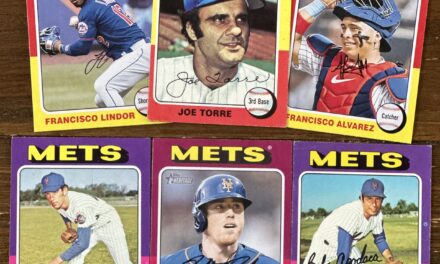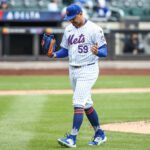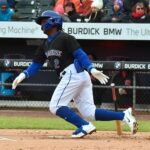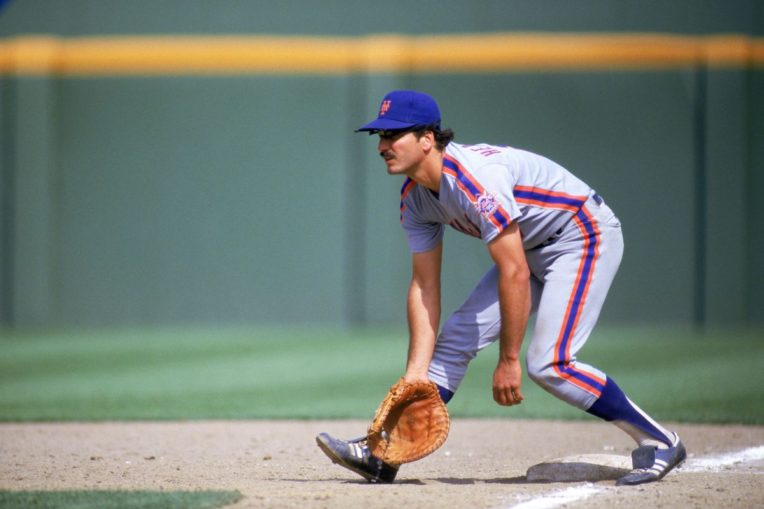
June 15th is a day many New York Mets fans view as a dark one in franchise history. There’s a good reason for that, too — the “The Franchise” himself, Tom Seaver, was traded to the Cincinnati Reds on this day in 1977.
This trade was the end result of a contract dispute that ended up getting ugly in the newspapers, and it was a situation that ultimately seemed unfixable in the view of the Hall of Fame right-hander. New York also sent Dave Kingman packing in a separate deal despite being fresh off consecutive seasons of 30-plus home runs, but the one involving Seaver obviously hurt more.
After finishing each of their first seven years as a franchise with a losing record, Seaver was one of the driving forces who helped the Mets post a 100-62 record in 1969 en route to winning a World Series title. Between 1970 and 1976, New York couldn’t return to that type of regular-season dominance, but they did finish with a winning record in each year except 1974 (71-91). Seaver was a huge reason why — he won at least 14 games six times (three 20-plus win seasons), won two more Cy Young Awards (finishing in the top 1o of voting seven times), and appeared in seven All-Star games.
Trading Seaver began a rough stretch of losing in Flushing. The Mets finished 68-94 in 1977 and failed to post a winning percentage better than .420 until 1984, after Tom Terrific returned to Flushing and left again (which happened in 1983). As if this didn’t sting enough, the man who tossed five one-hitters as a Met would end up twirling the only no-hitter of his career in a Reds uniform almost exactly a year later (June 16th, 1978).
We have every right to look at this date and wonder what could’ve been, especially since Seaver produced a 75-46 record with a 3.18 ERA and 42 complete games between 1977 and 1982 with Cincy. This singular transaction looms so large, though, it’s easy to forget the two others made in different years.
On this date in 1969, the Mets acquired a 33-year-old Donn Clendenon from the Montreal Expos in exchange for four players. His first 136 plate appearances of the year in Montreal didn’t go well — he slashed .240/.272/.395 with four homers and 14 RBI, good for an 81 wRC+ — but he did pick things up once he landed in Flushing and split time at first base with Ed Kranepool (.252/.321/.455 with 12 homers and 37 RBI in 226 plate appearances, good for a 115 wRC+).
Clendenon’s biggest contribution to Mets history was his role in the ’69 World Series. He didn’t appear in the club’s three-game NLCS sweep over the Atlanta Braves but needed just 16 plate appearances to post a 1.509 OPS against the Baltimore Orioles in the Fall Classic, including three home runs.
That effort was crucial to the Mets fighting back after losing Game 1, and Clendenon was rewarded with World Series MVP honors. It was his only taste of postseason baseball in the big leagues, and he made it count.
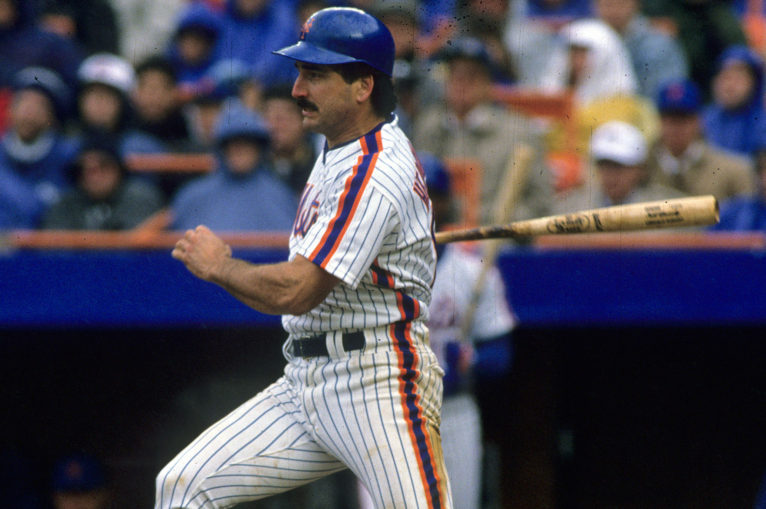
If we fast-forward right past the Midnight Massacre of 1977 and jump to 1983, this day produced yet another fruitful trade, as the Mets acquired Keith Hernandez from the St. Louis Cardinals for two right-handed pitchers. That deal certainly worked in New York’s favor, right?
Hernandez ended up being named as one the franchise’s team captains, was an integral part in winning the 1986 World Series, won five Gold Glove awards, won one Silver Slugger award, appeared in three All-Star Games, and finished within the top-10 of NL MVP voting three times. And, of course, he’s the gift that keeps on giving when baseball is being played thanks to his current role at SNY.
Seriously, can you imagine Mets games without Keith’s perspective, ridiculous stories, wonderful catch phrases, and aggravated sighs when New York heads into extra innings? Yea, me neither.
There’s definitely a certain kind of stain on the calendar whenever June 15th rolls around each year. I didn’t live through the 1977 fiasco, so it’s also hard for me to truly grasp just how terrible it was. But as I look back on the events of that day overall, there’s more good than bad going on here.
Without the timely hot streak from Clendenon, the Mets may not have beaten the Orioles in five games, or at all. Without the stellar play in the field and at the plate of an accomplished veteran like Hernandez, the Mets wouldn’t have been nearly as dominant as they were in ’86.
Yes, trading away the franchise’s best pitcher ever while he was still a force on the mound hurts just thinking about it. To use the glass-half-full philosophy, though, this date should also be revered in Mets history because there’s a direct correlation between the day’s events and the franchise’s only two world championship banners currently flying at Citi Field.


